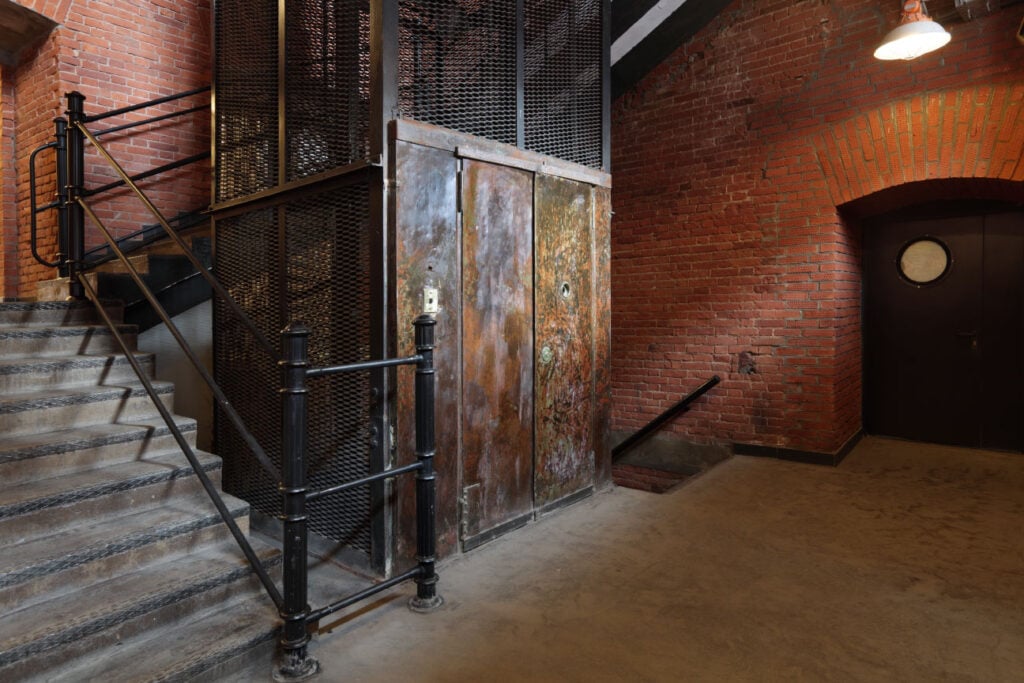Freight elevators are indispensable in various industries, from retail and office buildings to warehouses and factories. These elevators efficiently transport heavy loads, goods, and materials between floors. Understanding the different classes of freight elevators and their purposes, features, and applications is crucial for anyone transporting goods within commercial and industrial buildings. This blog post aims to provide you with this knowledge, making you feel informed and knowledgeable.
What are Freight Elevator Classes?
The American Society of Mechanical Engineers (ASME) defines freight elevator classes in its A17.1 Safety Code for Elevators and Escalators. These classes categorize freight elevators based on their load-carrying capacities and the types of loads they are designed to handle. Understanding these classes is crucial for selecting the right elevator for your building or facility, ensuring safety, efficiency, and compliance with industry standards.
Class A: General Freight Loading
Purpose
Class A freight elevators are designed for general freight loading. The load is uniformly distributed across the elevator floor and does not exceed the elevator’s rated capacity.
Usage
These elevators are typically used in environments where various goods need to be transported, such as retail stores, office buildings, and light industrial settings. They are suitable for moving furniture, office supplies, and small equipment.
Capacity
Class A elevators generally have moderate load capacities, sufficient for standard pallets and smaller loads.
Features
- Uniform load distribution.
- Standard loading and unloading processes.
- Suitable for general-purpose transportation.
Class B: Motor Vehicle Loading
Purpose
Class B freight elevators are explicitly designed to carry motor vehicles, including cars and motorcycles.
Usage
These elevators are used in buildings with parking garages, automotive facilities, and showrooms where vehicles must be moved between floors.
Capacity
These elevators are built to handle the weight of motor vehicles, with reinforced floors and robust drive systems.
Features
- Strong structural integrity to support vehicle weights.
- Typically include larger elevator platforms.
- It is equipped with features to secure vehicles during transportation.
Class C1: Industrial Truck Loading
Purpose
Class C1 freight elevators are designed to handle loads moved onto the elevator by industrial trucks, such as forklifts.
Usage
Ideal for warehouses, factories, and distribution centers where heavy machinery is used to load and unload goods.
Capacity
These elevators can accommodate significant weights and have reinforced platforms to support industrial truck operations.
Features
- High load capacity to support industrial trucks and their cargo.
- Reinforced platform floors.
- Designed to withstand frequent use by heavy machinery.
Class C2: Industrial Truck Loading (Load Only)
Purpose
Class C2 freight elevators are intended for scenarios where the elevator itself carries the load, but the industrial truck does not enter the elevator.
Usage
This is common in settings where goods are transferred from trucks onto elevators without the trucks being on the elevator, such as retail distribution centers and smaller warehouses.
Capacity
These elevators support substantial weights and are designed to handle loads efficiently without the truck’s weight.
Features
- High load capacity.
- Efficient loading and unloading processes.
- Reinforced structures for heavy loads.
Class C3: Heavy Concentrated Loading
Purpose
Class C3 freight elevators are built for heavily concentrated loading, where the load is placed directly on the elevator platform in focused areas.
Usage
Suitable for moving heavy machinery, large industrial equipment, and other dense loads in manufacturing and industrial facilities.
Capacity
These elevators have high load capacities and are reinforced to handle the stress of concentrated weights.
Features
- Designed to support hefty and concentrated loads.
- Reinforced platform and structural components.
- Suitable for industrial and manufacturing applications.
Selecting the Right Freight Elevator Class
Choosing the suitable freight elevator class depends on the specific needs of your facility and the types of loads you need to transport. Here are some considerations to keep in mind:
- Load Type and Weight: Assess the types of goods or materials you need to transport and their weights. Ensure the elevator class you choose can handle the heaviest loads safely.
- Frequency of Use: Consider how frequently the elevator will be used. High-frequency usage scenarios may require more durable and robust elevator systems.
- Loading and Unloading Methods: Evaluate the methods you use for loading and unloading goods. If industrial trucks or forklifts are involved, ensure the elevator class can accommodate these methods.
- Building Requirements: Consider the physical constraints and requirements of your building, including available space for the elevator shaft and loading areas.
- Safety Regulations: Ensure the elevator complies with all relevant safety codes and regulations, including those set by the ASME and local building codes.
Conclusion
Freight elevators are a critical component of many commercial and industrial buildings, providing the means to transport heavy and bulky items safely and efficiently. Understanding the different freight elevator classes helps you select the right elevator for your needs and enhances operational efficiency and safety, giving you reassurance and confidence in your decisions.
Whether you need a general freight elevator for a retail store or a heavy-duty elevator for an industrial facility, knowing the capabilities and features of each class allows you to make an informed decision. Proper selection and maintenance of freight elevators not only comply with safety standards but also extend the useful life of the equipment, providing reliable service for years to come.
By carefully considering the type of loads, frequency of use, and specific requirements of your building, you can choose the appropriate freight elevator class to meet your needs and contribute to the smooth operation of your facility.




